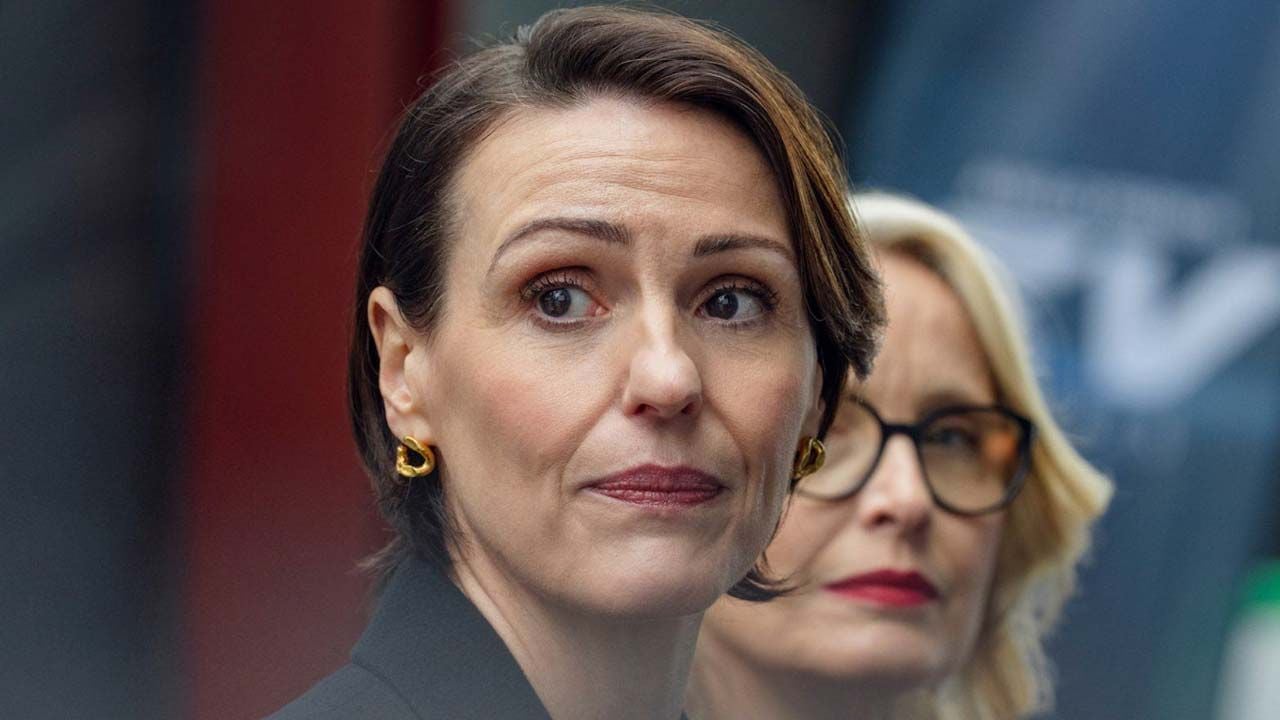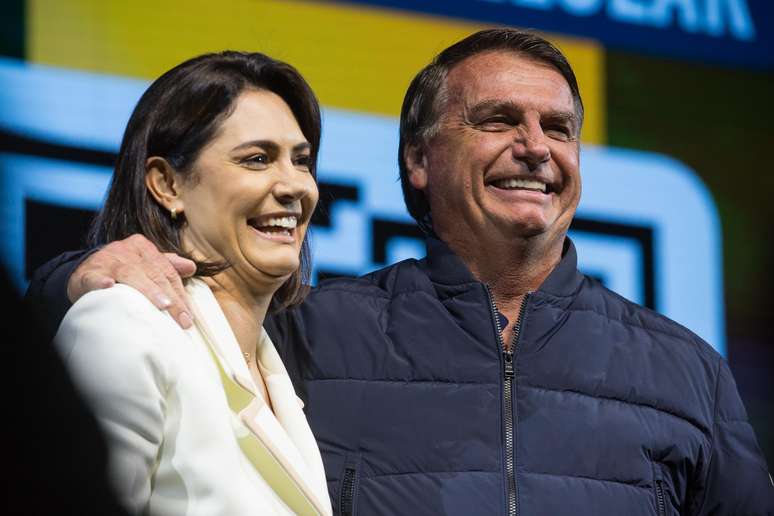The rematch against Chris Weidman was the Brazilian’s last opportunity to regain his middleweight belt
Anderson Silva is Brazil’s biggest name in the history of Ultimate Fighting Championship (UFC). In the organization’s Hall of Fame, he reached his peak between 2006 and 2013, with 10 belt defenses and notable victories over Vitor Belfort and Chael Sonnen, among many others. The career of the “Spider,” as he was nicknamed in the Octagon, has had several historic moments—most of which are portrayed in his most recent biographical series on Fundamental+ –but it was marred by an episode, 10 years ago, that took the fighter out of his prime.
On December 28, 2013, Anderson Silva faced Chris Weidman, at UFC 168, in Nevada, United States. It was the second meeting between the fighters that year, the first of which saw the American triumph. Spider was undefeated in the UFC until the Weidman fight, with 16 wins. With some disdain for his opponent, he was knocked out in the second round, suffering his first setback in the UFC middleweight division.
Ten years ago, Anderson Silva had the opportunity to regain the belt. Unlike other occasions, when he was the favorite for the duel – against Chael Sonnen in 2012, he even said he would “erase” his rival in the octagon -, he found himself in the “underdog” position: for the first time in seven years, since defeating Rich Franklin, he has not undertaken the mission to defend his title. The mission would become the start of a nightmare for the fighter, culminating in his departure from MMA in 2020.
By force of circumstances, again in the second round, Anderson Silva was defeated by Weidman. This time without the actual knockout, but due to a serious injury: 1 minute and 18 minutes after the start of the second round, Spider kicked the American low with his left leg; the collision caused the fracture of two bones of the tibia: tibia and fibula. The images shocked the world at the time. Dana White, president and chief of the UFC, called it “the worst accident in the history of the organization.”
“Especially because it’s Anderson Silva, no one expects this to happen, but this is sport. Players in other sports get injured like this too. We can’t control it,” Dana White said after the fighter’s injury. The second meeting between Spider and Weidman should not have taken place. After being knocked out in July, Anderson Silva, still reeling from the defeat, no longer intended to fight for the belt, even though he had ten more fights left on his contract.
“Chris is the champion now, and everyone needs to respect that. I need to rest. I have ten more fights on my contract, but I’m not fighting for the belt anymore,” he said. Dana White, however, forced the Brazilian back into the Octagon, in a rematch with the American, just over five months after their first meeting.
Anderson Silva underwent surgery in Las Vegas and returned to the octagon only in January 2015, just over a year after the accident. “Brazil, I’m sorry. I didn’t mean to disappoint you. I did my best, I swear,” he wrote at the time. A metal rod was placed in his tibia to allow the bone to calcify, in a recovery that took about six months.
“When I saw that I had broken his leg, I felt very bad. He is still the best of all time and deserves a lot. I hope God bless him,” Weidman said after the fight, which ensured the defense of the belt and the victory over Anderson Silva. The American, throughout his preparation, concentrated on defending these low kicks, which culminated in his opponent’s injury. In the first round, Weidman had been superior in the first round, before the accident.
Return to the octagon and doping cases
Since the December 2013 episode, Anderson Silva has failed to return to his best form, has had no opportunities to fight for the belt, and has fallen out with Dana White and the UFC. He returned to the Octagon in January 2015, against Nick Diaz, but was again involved in controversies that kept him away from MMA.
Like Spider, Diaz hadn’t fought since 2013. In five rounds, Anderson Silva dominated the American at UFC 183 and won by unanimous decision of the judges. However, he won by three days. On February 3, the UFC revealed that banned substances – the anabolic steroids drostanolone and androsterone – had been found in doping tests conducted by the Nevada Athletic Commission (NSAC) prior to the fight.
With the result nullified, the fight between Diaz and Anderson Silva remained unsuccessful. “Anderson Silva was an excellent champion and a true ambassador for the sport of mixed martial arts and the UFC. The UFC is disappointed to learn of these early results,” the UFC said in a statement. The Brazilian admitted to having used doping, claiming to have taken a drug to improve sexual performance that a friend had brought him from Thailand. His defense used the argument that the supplement was contaminated.
The first defendant, Anderson Silva, received the maximum sentence of one year outside the octagon, from the time of the brawl, which occurred on January 31, 2015. The commissioners understood that, despite the explanations of the Brazilian’s defense, anabolic steroids had been used to speed up the fighter’s recovery.
After the suspension, he had six more fights in the UFC, with five losses and one win. In 2018, he also tested positive for a drug test again, returning only in 2019. Years later, he criticized the organization and Dana White during this period of his career, stating that he felt abandoned by the UFC.
“The UFC doesn’t respect the legacy of the fighters. They try to use you and throw you out. And when you’re out, they try to destroy your career so you don’t fight anywhere. This has happened to a lot of fighters. People don’t think that I had some good times in the UFC, and some bad times. The bad time for me was the experience I had behind the scenes,” he said. After his last fight in MMA, he resumed his boxing career: he had two fights, in 1998 and in the early 2000s.
Source: Terra
Rose James is a Gossipify movie and series reviewer known for her in-depth analysis and unique perspective on the latest releases. With a background in film studies, she provides engaging and informative reviews, and keeps readers up to date with industry trends and emerging talents.







